
Sukkariyya Market
Extending south of Souk Midhat Pasha, Souk Al-Sukariyeh (Sugar Market) has been renowned since the Mamluk period for its trade in sugar imported from Cyprus and Egypt. The market retains

Extending south of Souk Midhat Pasha, Souk Al-Sukariyeh (Sugar Market) has been renowned since the Mamluk period for its trade in sugar imported from Cyprus and Egypt. The market retains
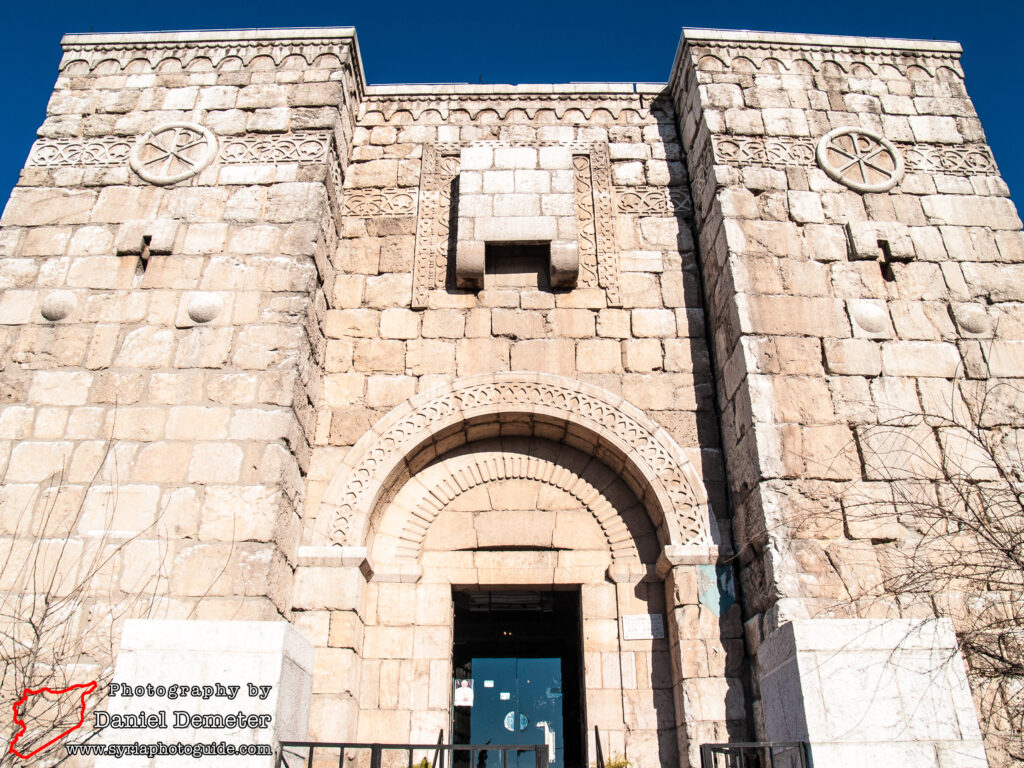
The Church of Saint Paul is a significant Christian pilgrimage site in Damascus, commemorating the Apostle Paul’s escape from Jewish persecution through a window in Bab Kisan. Roman stones were
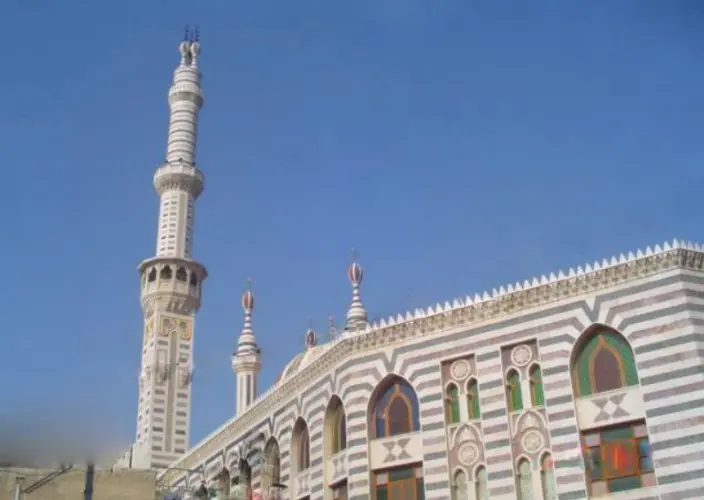
Constructed in 1370 CE within the Al-Midan district, the Manjak Mosque served pilgrim caravans en route to Daraa. Its distinctive black and white basalt masonry became a visual landmark for
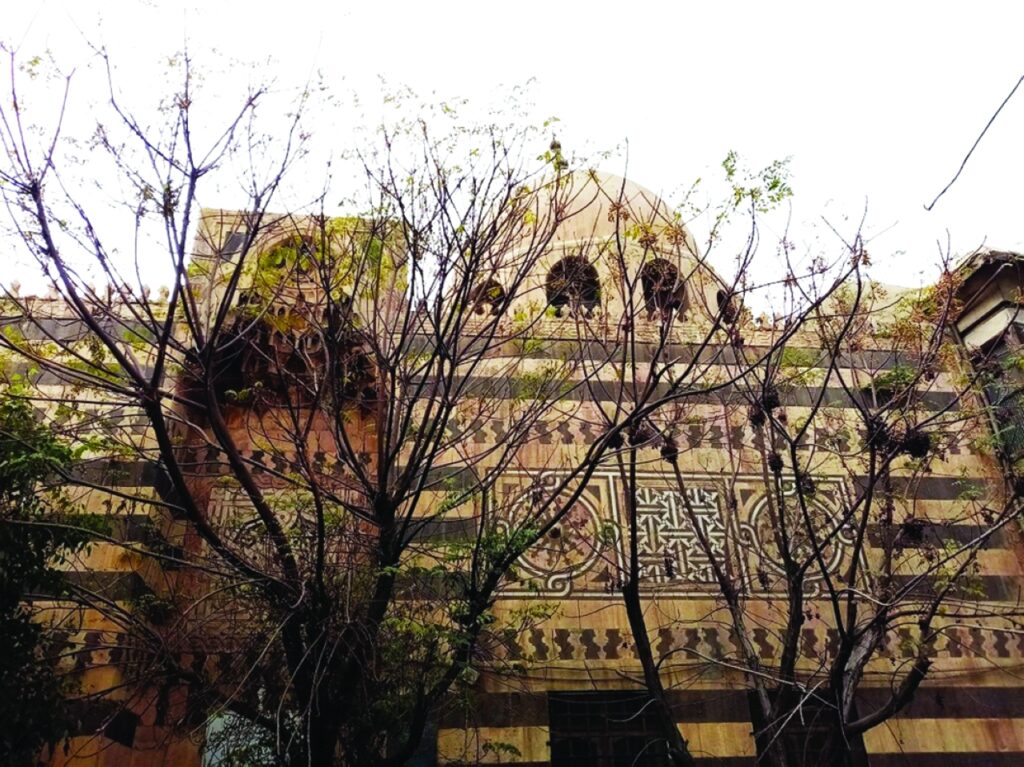
Situated outside the southern walls of Damascus, the Al-Sabouniyah School exemplifies the late Mamluk era’s fusion of commerce and scholarship. Established by the soap merchant Ahmed bin Al-Sabouni, it served
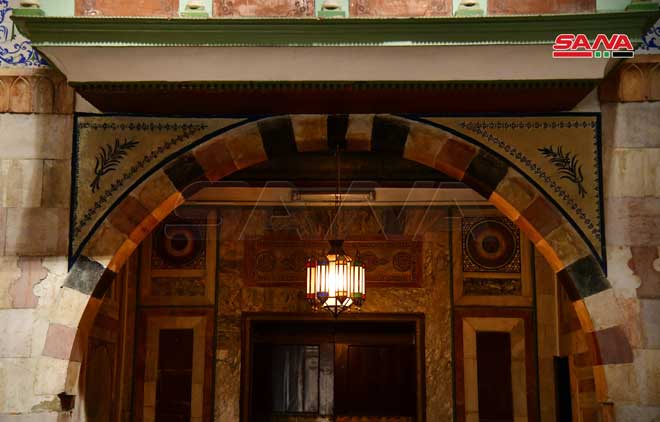
Constructed between 1418 and 1420 CE by the order of Damascus’ governor Sayf al-Din Jaqmaq, the madrasa was transformed into a museum of Arabic calligraphy in 1975. The use of
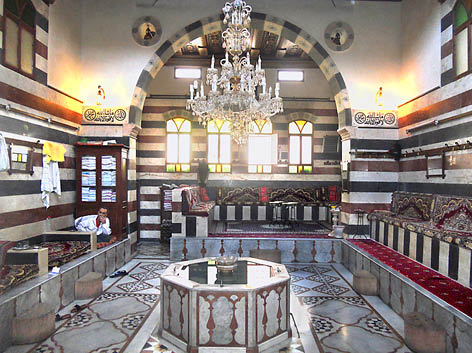
Located in the heart of the popular Al-Midan neighborhood, Al-Rifai Hammam stands as a testament to the traditional Damascene bathing ritual dating back to the 15th century. Its Mamluk architectural
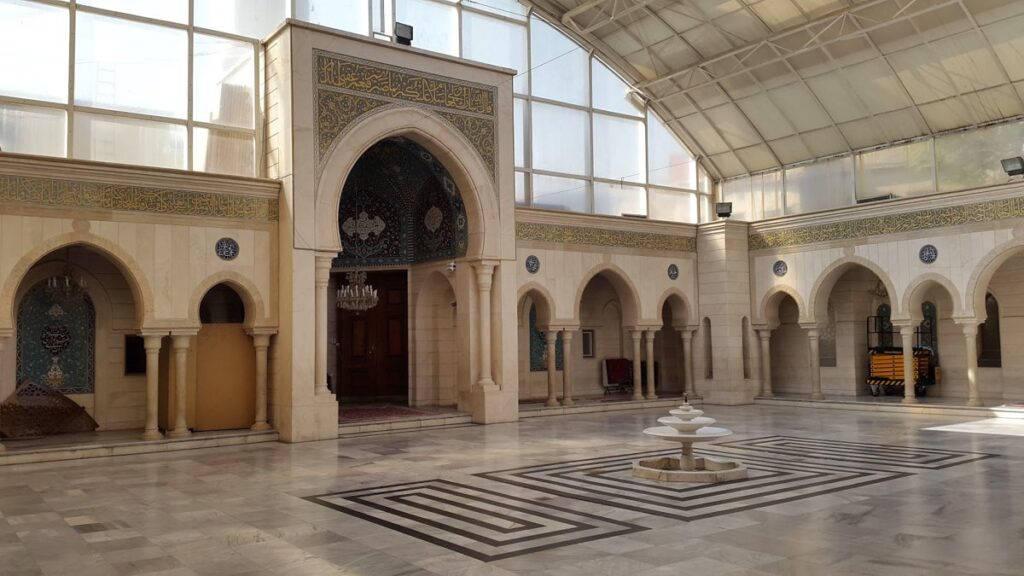
The Sayyida Ruqayya Mosque, built in 1985 atop a Fatimid-era shrine dating back to 1133 CE, serves as a central spiritual site for Shia Muslims in the Levant. Its architectural

Just a few steps from the northern gate of the Umayyad Mosque lies the Mausoleum of Saladin (1195 CE), housed in a chamber built of alternating limestone and black basalt—a
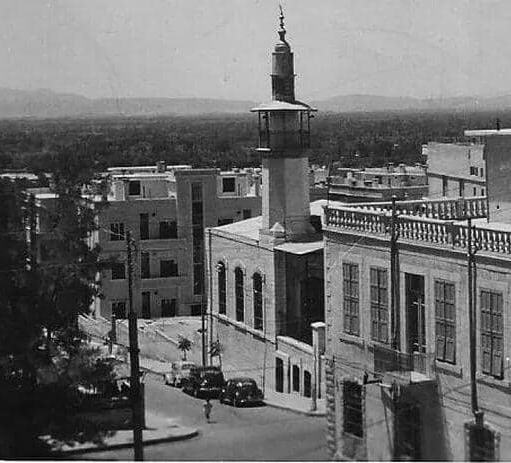
Nestled in the al-Muhajireen district on the slopes of Mount Qasioun, Al-Murabit Mosque was constructed in the early 20th century, showcasing an architectural style that blends Moorish and Andalusian elements—setting
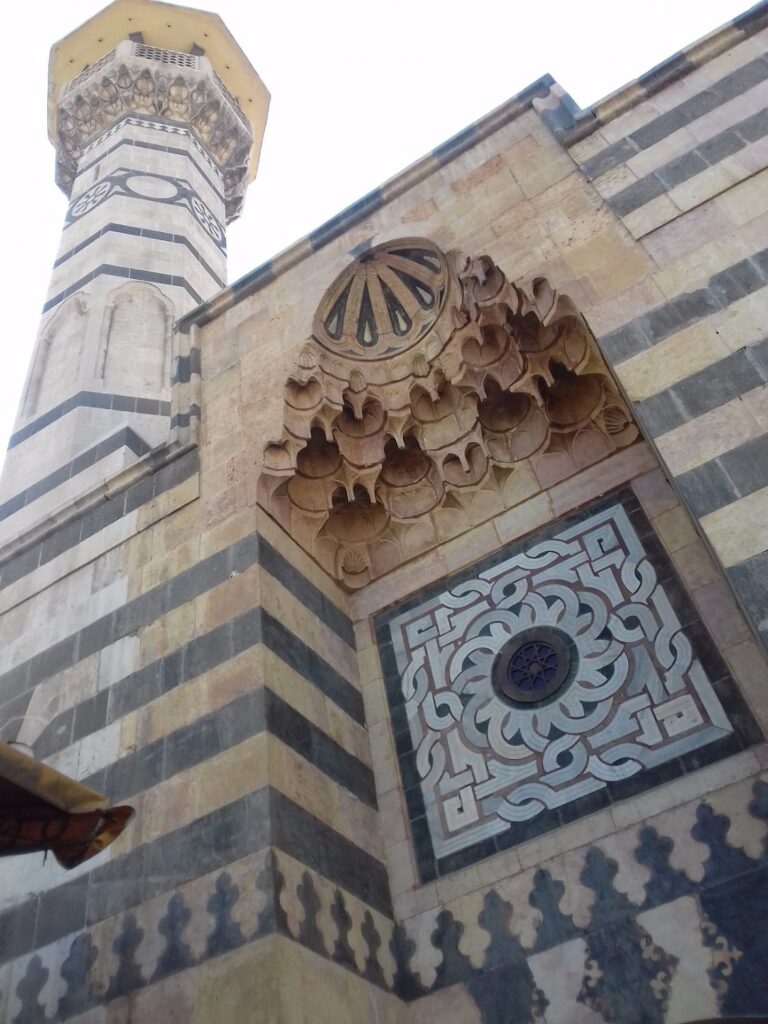
Erected in 1348 CE, Al-Sinjqdar Mosque rises near the entrance of al-Saroujia Market and showcases a Mamluk layout characterized by alternating ablaq stonework. Its name derives from the word “sanjak”

جميع الحقوق محفوظة لصالح JCI Aleppo
All rights reversed to JCI Aleppo